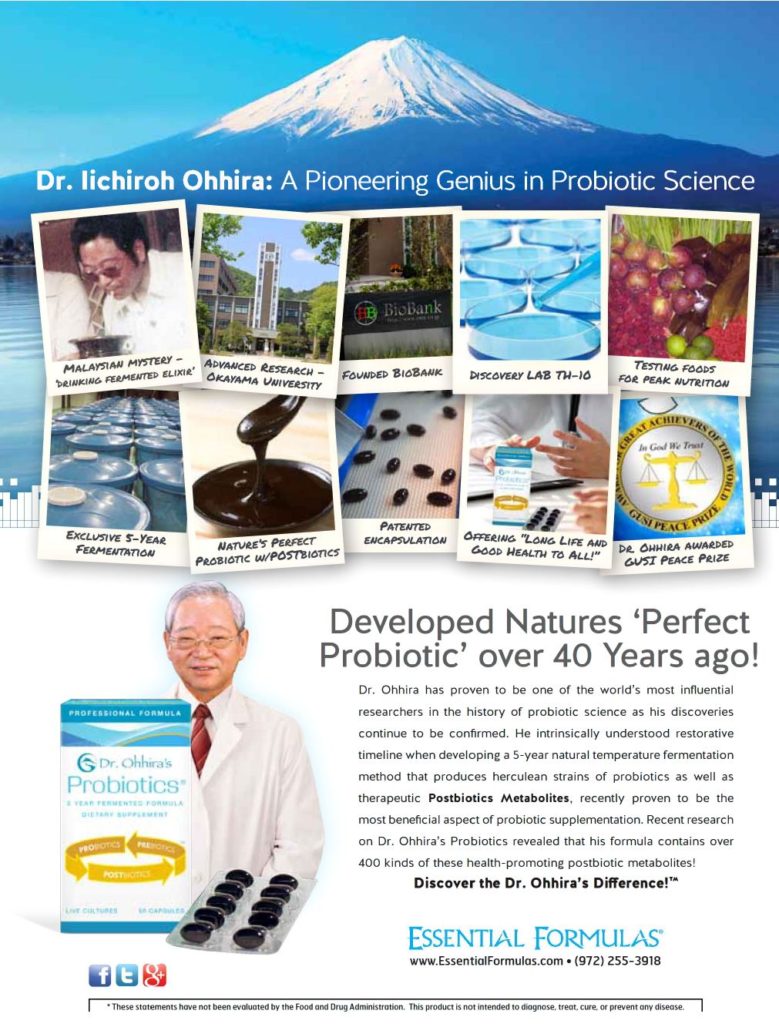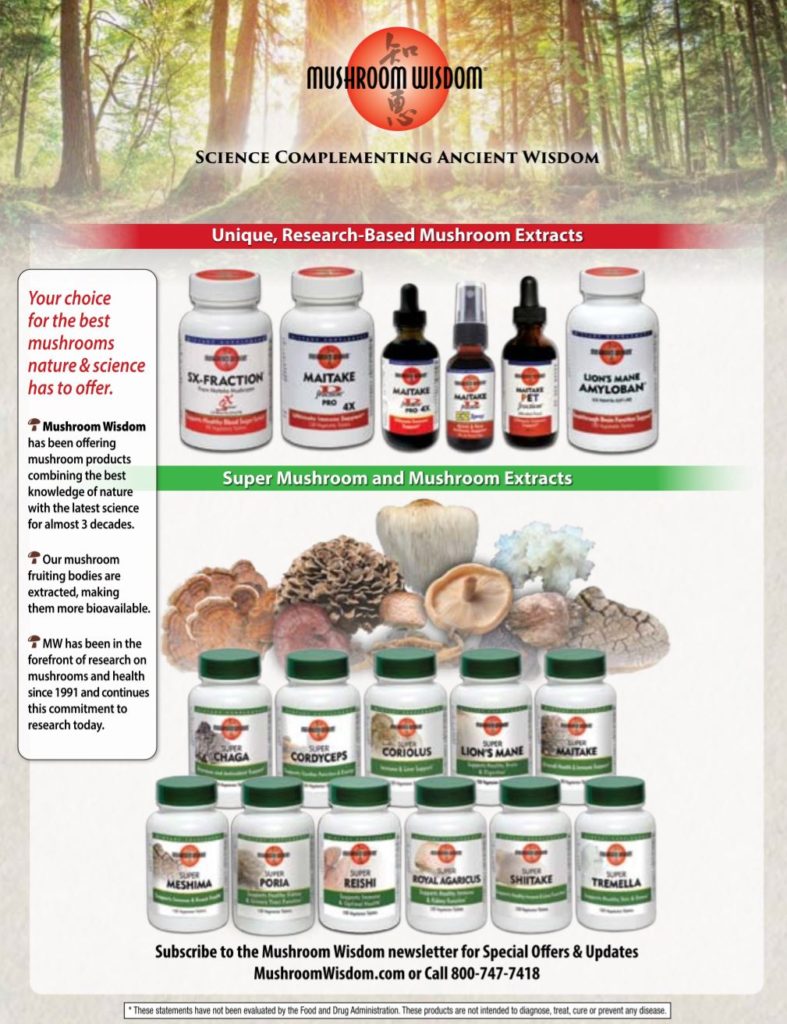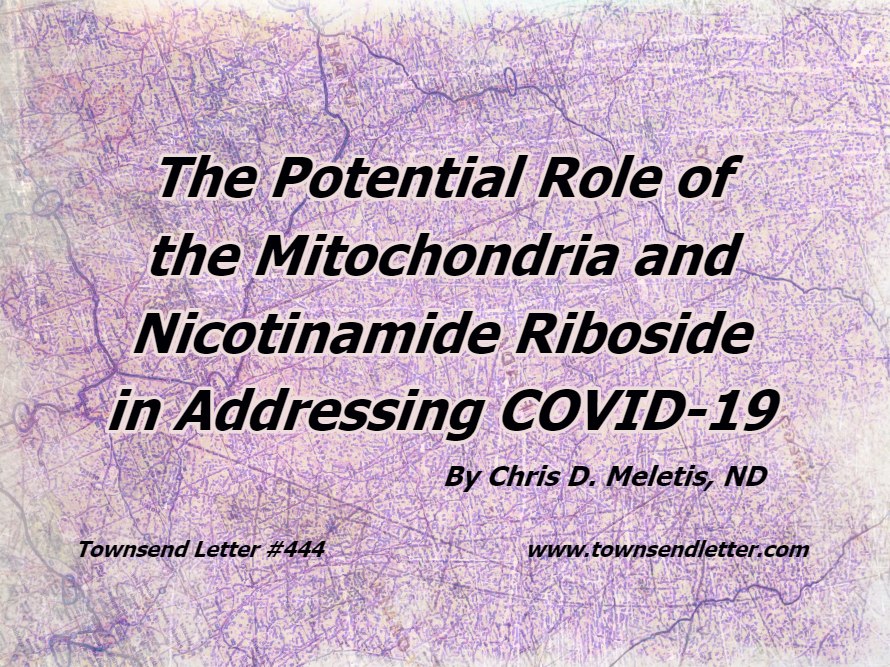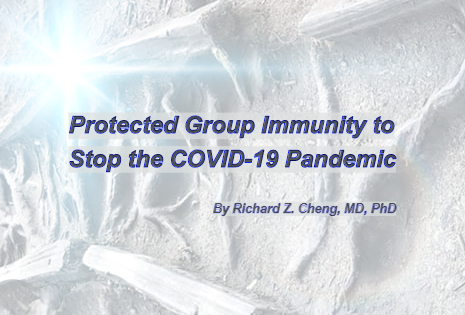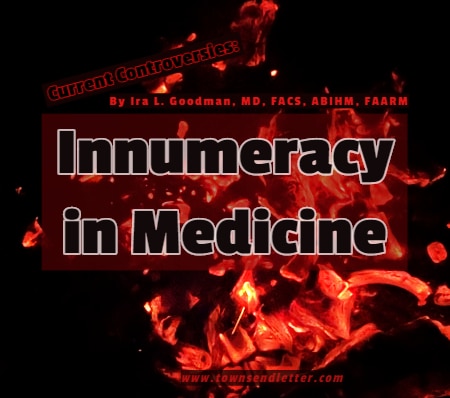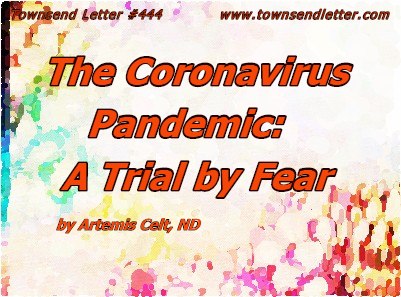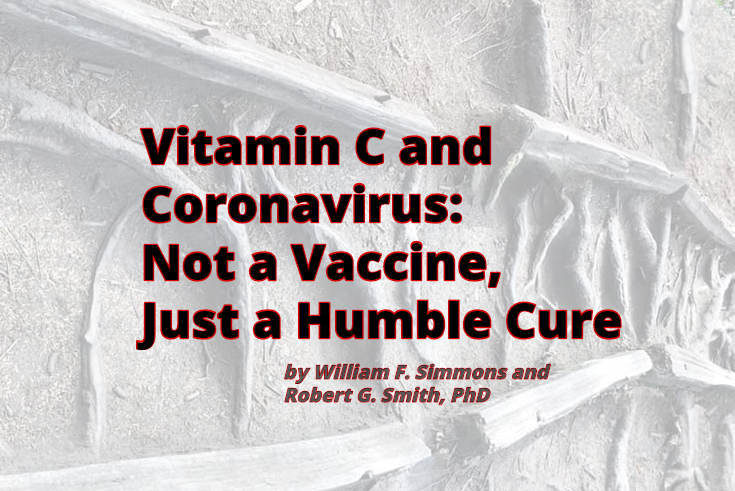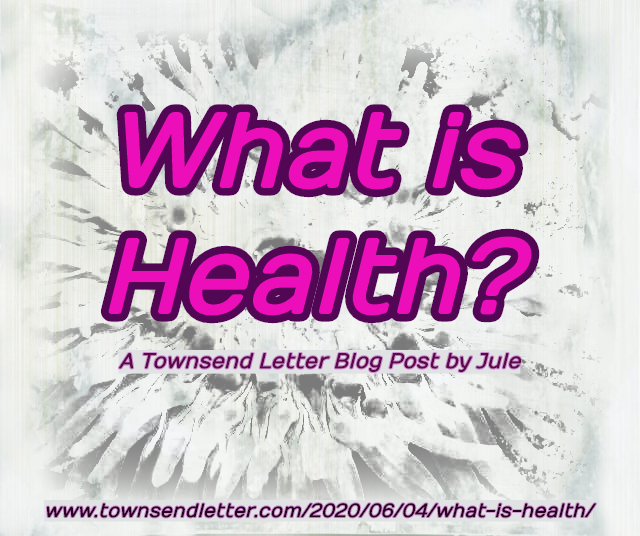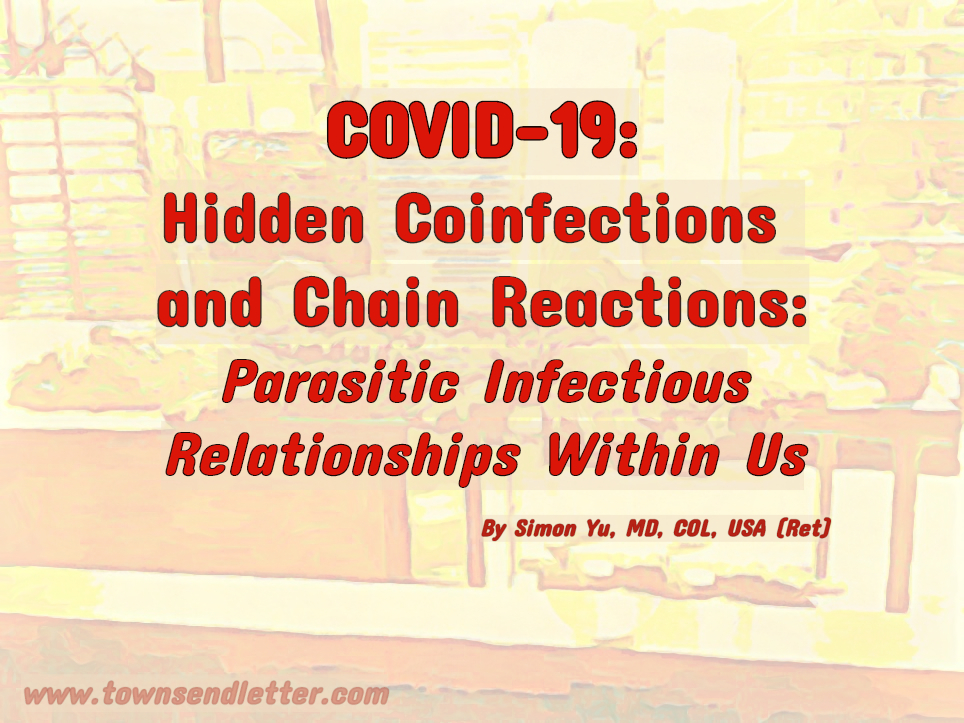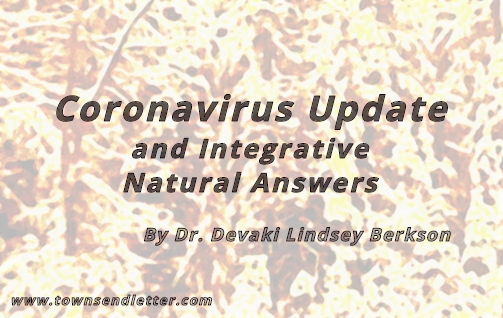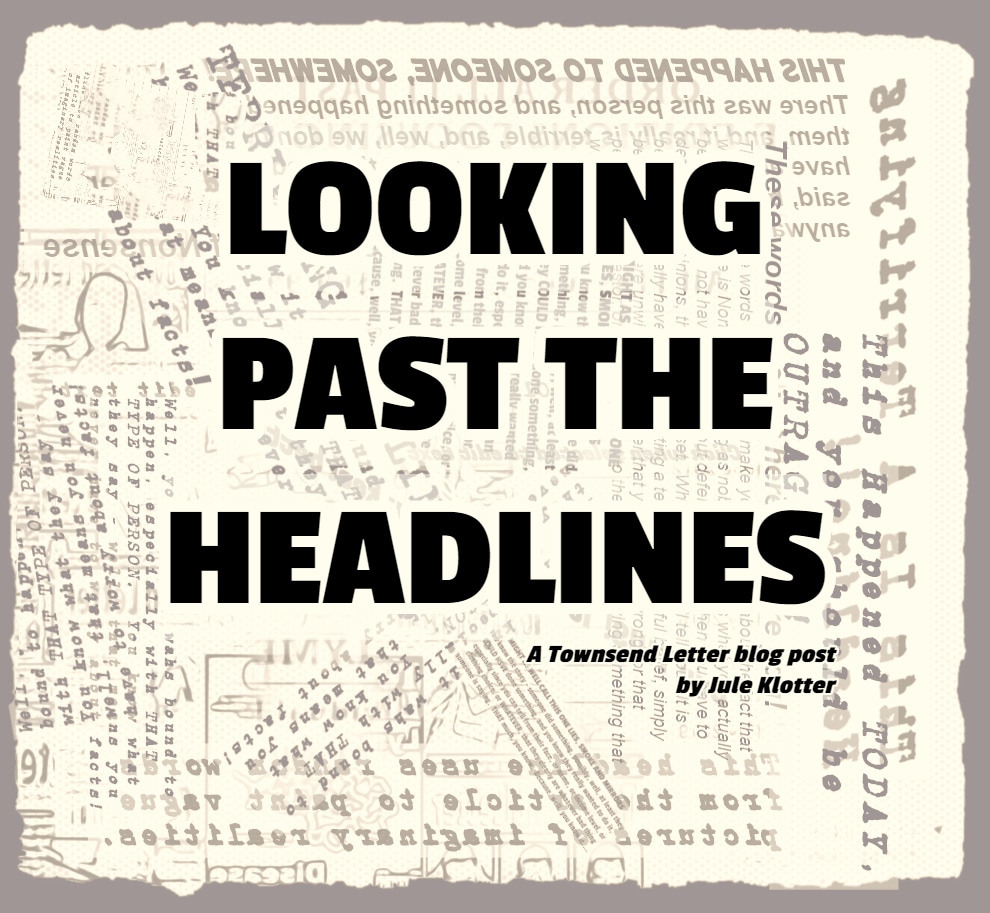…article continued…
COVID-19, was first reported in Wuhan, China. ARDS is a main component of COVID that can be deadly due to cellular injury and organ failure. Studies have shown that high-dose oral vitamin C guards against viral infections. IV vitamin C, as well as high oral doses of vitamin C, have presented without serious side effects. Fifty moderate to severe COVID -19 patients received high-dose IV vitamin C in China. Doses fluctuated from 10 g and 20 g per day, administered over an 8-10 hour-period, with high doses of vitamin C being given to critical patients. All of the patients’ oxygenation index levels improved and all were eventually cured and released. An expert panel from NIH stated that high dose of vitamin C is a safe and effective treatment without serious side effects. With its known safety record and because it is readily available, vitamin C, as well as other antioxidants may mitigate COVID-19 associated ARDS.15 Boretti et al. (2020) reported on the efficacy of IV vitamin C to treat the COVID-19 virus because of the current controversy of using antiviral treatments that were developed for other diseases to treat this new virus.
Shanghai doctors, as well as other medical doctors in China, are now treating COVID patients with IV vitamin C and are having positive results. COVID viruses increase oxidative stress and tax the immune system, which can lead to ARDS and death. They reported that over 300 clinical and scientific studies found vitamin C to be beneficial to treat sepsis and septic shock. Other studies have shown positive outcomes using vitamin C to treat viruses, such as poliovirus, Venezuelan equine encephalitis, human lymphotropic virus type 1 (HTLV-1), human immunodeficiency virus (HIV), and rabies virus, in addition to demonstrating activity against influenza and herpes virus. Due to acute lung infections that may develop with COVID-19, clinical studies are showing that a timely intervention with megadose vitamin C improves the outcome of COVID-19. They recommend continued studies on this therapy.16
The diagnosis of any disease, especially cancer, is overwhelming to not only the person who receives this distressing information but also to their family and friends. With exorbitant health care costs, both old and new research is proving that vitamin C does in fact have a place as an important, inexpensive therapy that can potentially be a lifesaving treatment. When the work of Cameron and Pauling was dismissed, what was barely mentioned in the scientific literature was that the form of vitamin C administered by them was IV vitamin C in conjunction with oral vitamin C; when the Mayo Clinic trial supposedly replicated the same study, they only used oral doses that were administered for only 2.5 months. Pauling and Cameron’s trials treated the patients for the entire study period or up to 12 years.17 Padayatty et al. (2006) analyzed both the Mayo Clinic study and Pauling’s study and found that the Mayo Clinic’s oral doses would have produced peak plasma concentrations of less than 220 μM, while Pauling’s intravenous dose would have peak plasma concentrations of nearly 6 mM, more than 25 times higher.18
…article concludes on next page, with complete references…
Don’t forget to click back to this page, and check out these articles!
